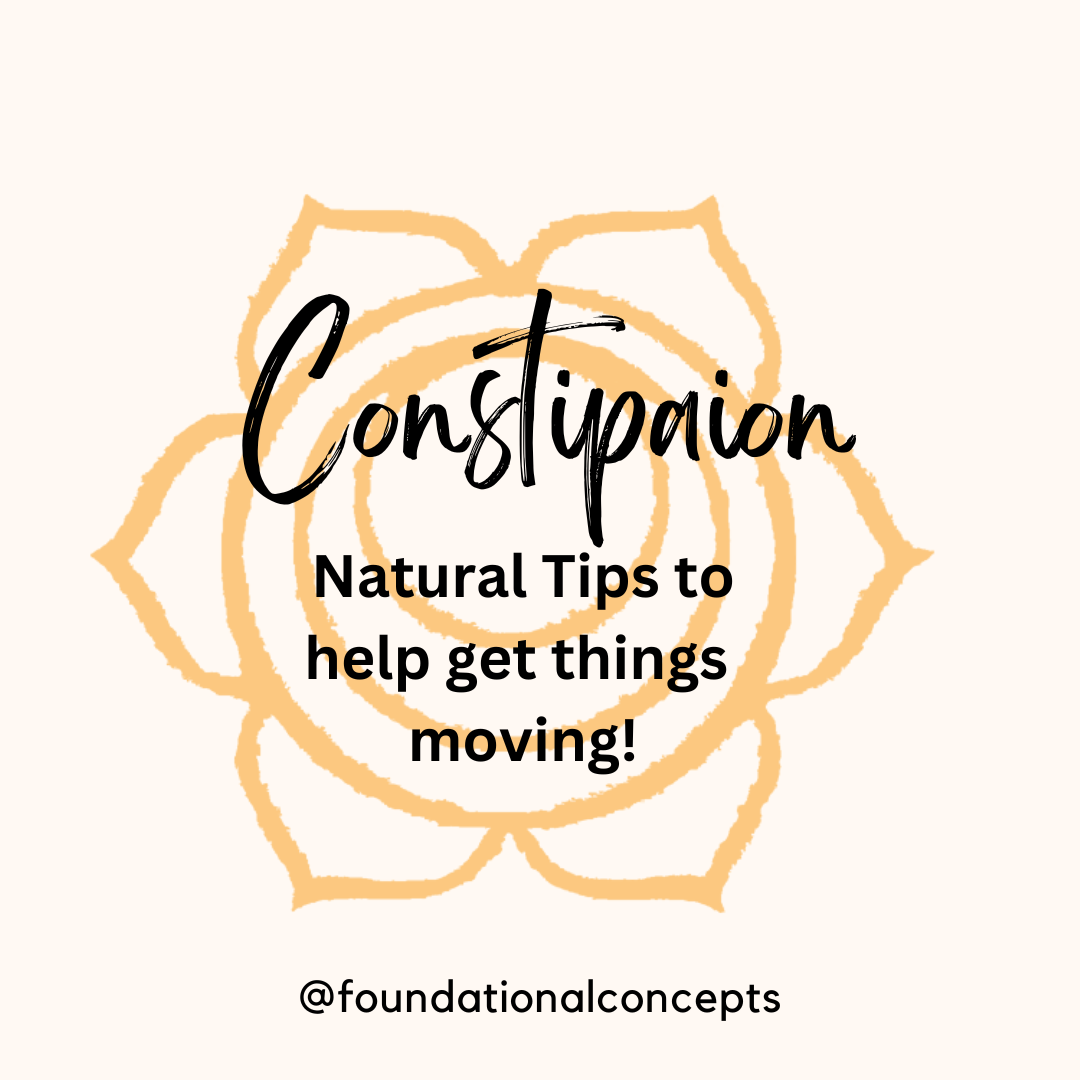Nutrition plays such an important role in our pregnancies and post-partum periods. Breastfeeding requires time…

The Pelvic Floor Series Part 2: Bladder
The muscles in the pelvic floor are a functional group of many muscles that are the foundation of most of what we do as humans. They work to provide stability in the pelvis, spine and hips. Consider how the bladder is impacted by the muscles within the pelvic floor. Because the pelvic floor must be at optimal function to allow us to pee on a normal schedule, as well as empty our bladder completely and not leak urine, it is important that these muscles are healthy!
Normal life experiences can weaken or cause extra tension in the pelvic floor. Pregnancy and childbirth, surgeries, and hormonal changes with aging are among some of the things that can cause problems with the pelvic floor.
Some bladder symptoms that you may experience due to pelvic floor dysfunction are:
- Leaking urine with cough/sneeze/exercise or strong urge
- Burning or pain with urination
- Not emptying bladder completely
- Frequent urination
- Hesitant or slow stream of urine
- Straining to start or empty your bladder
- Pain in the lower abdomen just above the pubic bone
If you are experiencing urine leakage, this can be an issue of weakness or poor coordination of the pelvic muscles. To restore the function and reduce leaking, a thorough examination to determine your individual needs is important to retrain your system and improve function. This can include exercises to help coordinate the pelvic floor together with the other muscles of the core, including the diaphragm, abdominal wall and deep spinal muscles. Learning to coordinate these muscles is the key to reducing leaking, and yes, it is that simple.
Spasm in the pelvic floor can be related to incontinence as well as pain, hesitancy, poor emptying and lower abdominal pain. Pelvic floor muscle spasm can respond well to myofascial release, training in coordination to lengthen and relax the muscles, and stress management techniques using diaphragmatic breathing and meditation. There are many different options to reduce tension and alleviate pain and discomfort. I wish I could just give a list of things that would work. The skill in treating these dysfunctions is individualized assessment by a specialist in pelvic dysfunction. This allows for an assessment you, your unique body, to teach you strategies to restore healthy function.
Some basics that you can start with are these:
- You should go pee every 2-3 hours during the day
- Avoid bladder irritatnts like coffee, acidic food/drinks (tomato, citrus), and alcohol
- If you are leaking, try exercising the pelvic floor by engaging these muscles imagining you are bringing your tailbone toward your pubic bone. Work on doing sets of 10, up to 8 sets per day.
- If you have pain, slow stream or trouble emptying, you should not attempt exercising the pelvic floor, but should rather work on relaxing it. Diaphragmatic breathing is one good way to begin to calm these muscles. Click here for more on how to do this.
If you have struggled with the bladder symptoms mentioned above, you should consider seeing a specialist in pelvic floor dysfunction. Bladder issues can impact quality of life greatly. The specialists at Foundational Concepts are trained in and focus primarily on pelvic dysfunction and will help you restore function. Research supports this is a first line, conservative treatment for bladder symptoms. It also shows a benefit in 80% of patients who seek help.
There are many issues that can arise from poor function in the pelvic floor and this blog series is here to address several of these, and bring you more information about each one. If you find that these blog topics hit home, and you are having some or many of these symptoms, you should consider a free consultation with one of our specialists to see if treatment is right for you. Click this link to schedule a consultation now (https://www.foundationalconcepts.com/pelvic-pain-therapy/contact/ )



